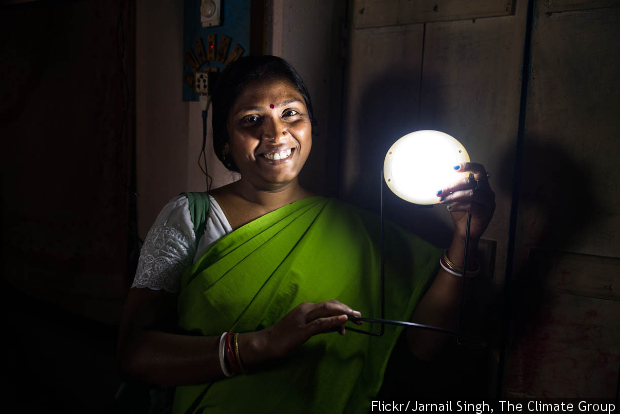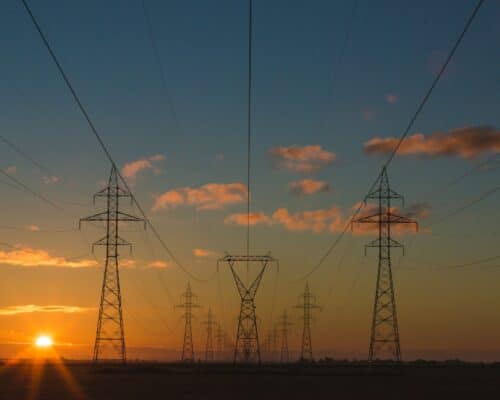Solar Lamps: Empowering Marginalised Communities in Asia
Solar Lamp, source TERI (India)
19 October 2021 – by Ankush Kumar
Renewable energy is driving innovations and the pace of the energy transition in the Asia Pacific. Even major nations like India and China are declaring 100% electrification goals. But, ensuring 24-hour electricity is a ways off with over 940 million people without access to power.
To fill major electrification gaps, off-grid solar solutions providing electricity to rural homes are vital. Although, their high cost means they are unaffordable for many. For many poorer households, solar lamps are fast becoming the beginnings of empowerment in marginalised communities across Asia.
Rural Women as Solar Entrepreneurs in India
Recently in the northern state of Uttar Pradesh (U.P) in India, the government announced the manufacturing and distribution of low-cost solar lamps for children in rural areas. The lamps are available to buy at Rs 100 (USD 1.34) – with the government subsidising them by around 80%. Local women involved in the production and sale receive a commission on every unit sold. This provides them with new income streams and employment.
Over 4,000 women take part in the government-sponsored program, with around 2.8 million lamps manufactured already. The authorities hope this will pave the way for solar shops to open across rural areas in the state. The women running the solar shops could then not only sell but repair solar lamps.

Converting Waste to Light Through Solar Lamps
Across Asia, the MyShelter Foundation working with MIT students created the Liter of Light program in 2011. Their concept was to transform recycled plastic bottles filled with 10ml of bleach and distilled water into lights. The bottles – fit into a hole in the roof – refract sunlight through the liquid and creates 55 watts of light.
Micro Solar Panels and Batteries
In 2012, the project moved toward providing 10-hours of light through the assistance of 1 or 2 watt LED bulbs using micro-solar panels and batteries. Liter of Light garnered interest from Roche Inc. and Pepsi, which provided grants combined to USD 57,000. Over 145,000 “lights” across the Philippines were put in people’s homes, saving them roughly USD 10 per month on electricity bills.
Fifteen countries replicated the program in over 350,000 homes. However, the program’s lighting solution was not without its critics concerning the quality and battery replacements. Shortages in specialists in countries where the program took place hindered any product development or improvement.

The Value of Solar Lamps
Back in South Asia, the Solar Empowerment Initiative (SEI) aimed to provide solar lamps to remote villages across Sri Lanka. The lamps were to replace Kerosene burning lamps – known for their dangers in small spaces, as they create poisonous gases. With the new lights, children can study at night, along with the lights helping communities dependent on fishing, pottery and handicrafts.
Across the Bay of Bengal in Myanmar, solar lamps had similarly positive impacts on social development. In the village of War Tha, grade nine student Swe can study and do her homework well into the night. Even though the village was recently electrified, Swe’s parents could not afford the cost. For Swe and her family, solar lamps are the most valuable and affordable alternative.
The Road to Electrifying the World
As the globe continues to strive towards electrifying every home there remain significant hurdles to achieving that goal – especially in rural areas – from affordability to access. Smaller economical solutions like solar lamps remain highly popular and effective in reaching marginalised communities and serving basic energy needs.





